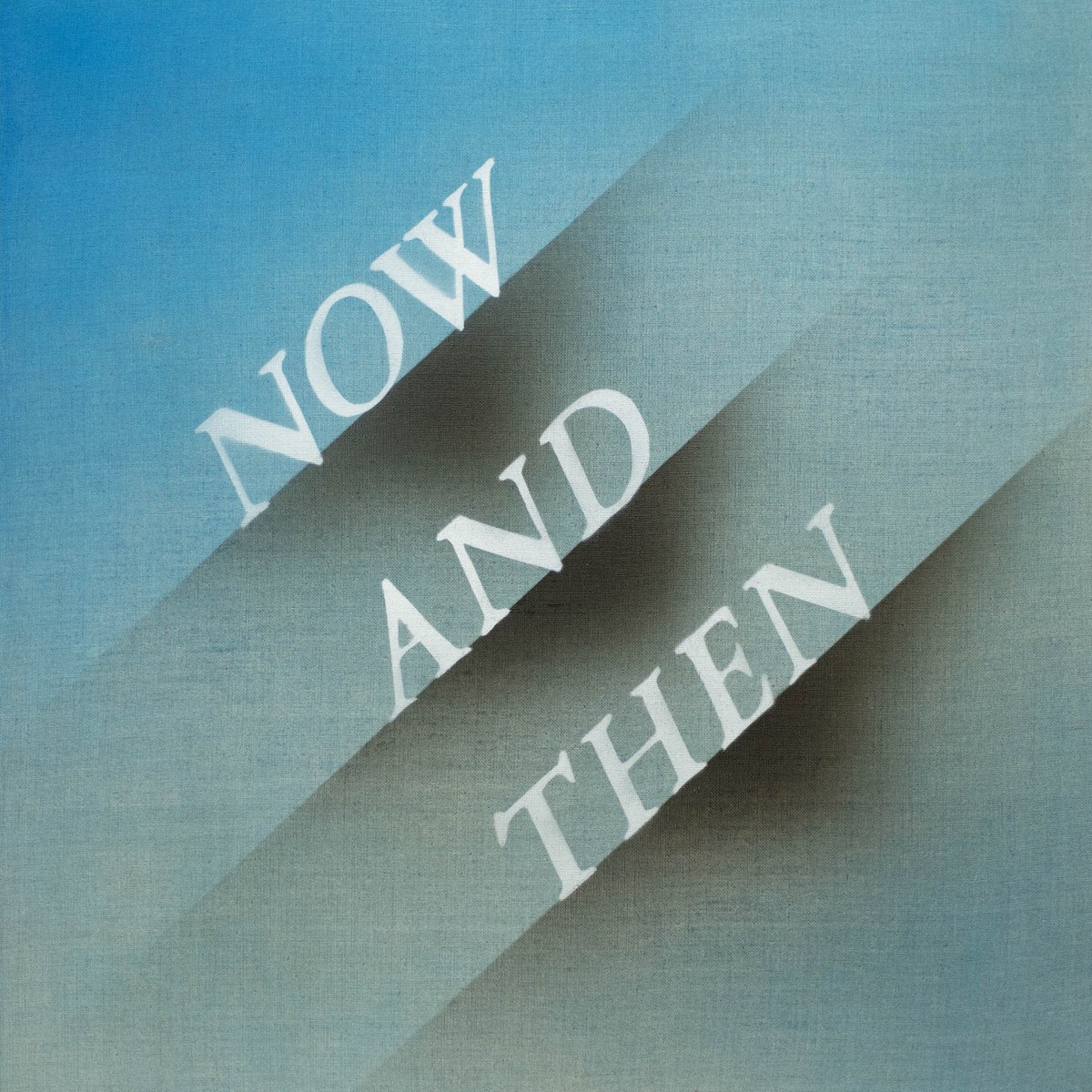Thanks to a late John Lennon (and maybe a splash of modern technology), we in the 21st century can finally listen to a newly released Beatles song, something never thought possible. What was once a scratchy, indistinct 1977 home demo by Lennon has been transformed into a smashing hit, reigning true to the Fab Four’s legacy.
On November 2, 2023, “Now and Then,” the final Beatles song, blessed the ears of anticipated listeners with a psychedelic, soft rock sound special to the entire band, but Lennon especially. The lyrics match the tune’s soft desolation, featuring feelings of longing and melancholic reassurance. It is believed that the song serves as a reminiscent piece and message to Lennon’s three closest friends, his wife (Yoko Ono), and his son (Sean Ono Lennon), expressing how great his love is for them, and assuring them a place in his heart.
Back in 1994, Yoko Ono gave the remaining three Beatles (Paul McCartney, George Harrison and Ringo Starr) a cassette tape of Lennon’s piano demo of “Now and Then” from the late 70s. Excited, the three started to get to work with their contributions. Harrison, McCartney and Starr had matched Lennon’s tune with pieces of their own, but quickly lost steam when they could not remove Lennon’s voice from the piano in the background. The “Now and Then” project was tabled, the remaining three hopeless that Lennon’s voice would never be heard again, solidifying his passing.
Then, in 2001, Harrison passed away of lung cancer, removing all wind from the sails of McCartney and Starr. It took almost 20 years to consider resuming work on “Now and Then” because, until then, the moment never felt quite right.
With the massive influx in technology between the three decades since the initial interest in reviving the song, splitting Lennon’s voice with the piano became a possibility. During the course of filming Get Back, a 2021 Beatles documentary series, director Peter Jackson developed a technology with the ability to isolate vocals from audio in various clips, including Lennon’s cassette demo from 46 years ago.
Now cooking with gas, McCartney was ready to begin again. Touching up the bass, he got to work on the song, calling up Starr to gain a necessary drum element. Once the pair recorded their respective parts, McCartney became interested in implementing strings into the song. Giles Martin, son of former Beatles producer George Martin, worked with McCartney to develop an orchestral arrangement that matched the style of the band’s previous works. Additionally, “Now and Then” was altered to include snippets of previous songs: “Here, There & Everywhere,” “Eleanor Rigby,” and “Because,” as well as moving an entire portion of original demo into the bridge.
The chorus of the song, “Now and then / I miss you / Oh, now and then / I want you to be there for me / always to return to me,” has a significant, unexpected double entendre. Though it could be brushed off as another Lennon love song, a more reminiscent feel towards his time and happiness with the Beatles shines through. As the chorus is sung by both a young (37 y/o) Lennon and a current (81 y/o) McCartney, it is clear that McCartney is singing to the late Beatles members who are revived through this song. The element of time also invokes a sense of nostalgia in listeners, especially those who grew up on the music of the Beatles, since the influence of the band has been multigenerational. “Now and Then,” with its contributions spanning more than four decades, is emotionally impactful for this reason.
Overall, we would have liked a bit more classic Beatles detail within the song itself. Elements special to the Fab Four such as brass, mellotron or even the sitar couldn’t hurt, though it would potentially clash with the heart of the song. Nevertheless, with contributions from all four members, “Now and Then” truly serves as the last Beatles song, ending on a touching tribute to Lennon, Harrison, and The Beatles’ legacy.

